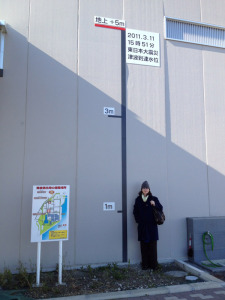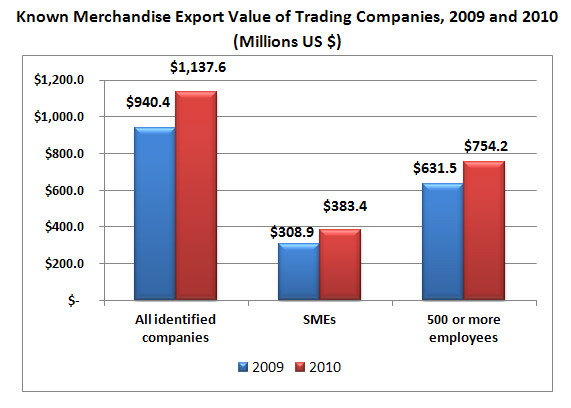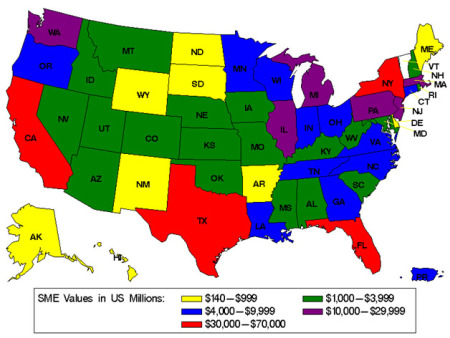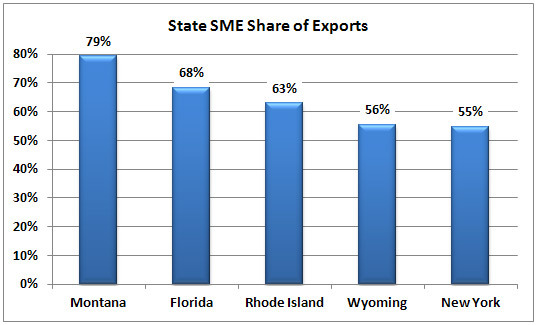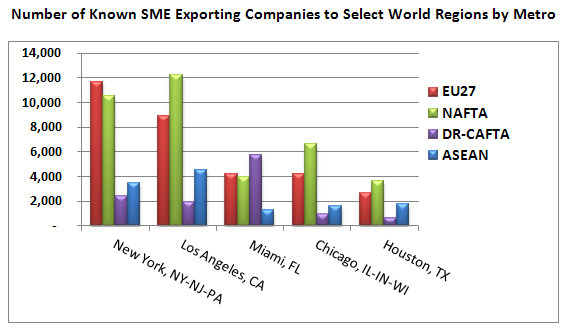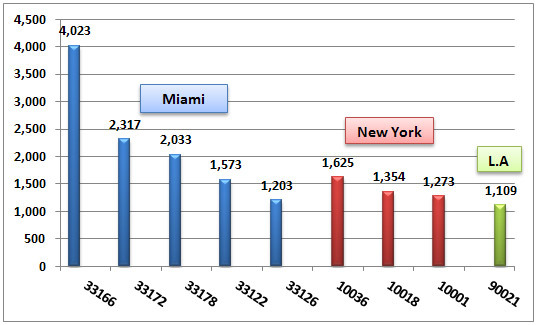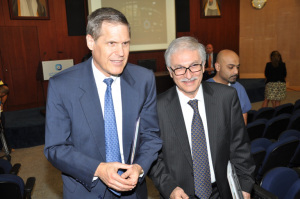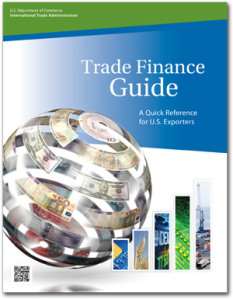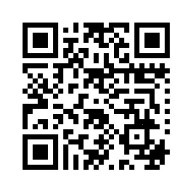This post contains external links. Please review our external linking policy.
Nicole Y. Lamb-Hale is the Assistant Secretary for Manufacturing and Services in the International Trade Administration (ITA). Andrea DaSilva is ITA’s Senior Media & Entertainment Analyst and Project Leader for the Market Development Coordinator Program award with the American Association of Independent Music.
Last week, we stood at the intersection of creativity, technology and intellectual property.
We stood there with the American independent music industry, a provider of American jobs and a significant contributor to American culture. It’s an industry facing a difficult road through technology advancements, piracy concerns and a changing business structure.
That’s one reason why the U.S. government is supporting the independent music industry with a financial award. It’s happening through a joint public-private sector program called the Market Development Cooperator Program, or MDCP. This is a competitive financial assistance award the International Trade Administration (ITA) provides to industry groups pursuing projects that will help U.S. firms export and create jobs.

Assistant Secretary Nicole Y. Lamb-Hale (center) and Andrea DaSilva (right) announce the awarding of a Market Development Cooperator Program award to the American Association of Independent Music (A2IM) at a music industry trade show. (photo courtesy A2IM)
In 2012, ITA selected the proposal submitted by the American Association of Independent Music (A2IM) for an MDCP. Indie music artists may not fit the traditional profile of a U.S. exporter, but the music industry directly supports American jobs. Most music labels and music publishers are small businesses. Behind music recordings are musicians, makers of music instruments, sound engineers, recording technicians, tour promoters, band managers, talent agents, marketing executives, and myriad other professions.
Indie music constitutes some of the most vibrant and uniquely American exports, supporting American culture and encouraging tourism to the U.S. Supporting American music exports creates American jobs, especially for small and medium sized businesses, and meets our National Export Initiative goals.
As a group representing a wide array of independent musicians, A2IM is working hard to protect the interests of artists in international markets. ITA is partnering with A2IM to help ensure a competitive market for American indie music on the global scene.
We announced this export project at MIDEM, the principal global trade show for the music industry, in Cannes, France in January. Via the MDCP, ITA will accompany A2IM representatives to trade shows, bring delegations to select markets to increase music licensing, and join forces with the music industry to support enforcement of copyright laws and educate consumers on the cost of “free” music. ITA’s Manufacturing and Services unit is providing one-third of the award, or about $285,000, to support A2IM’s mission to increase exports of American culture in the form of music. A2IM provides the remaining two-thirds in financial and in-kind contributions.
ITA looks forward to working with A2IM and the other eight industry groups who earned MDCP awards in 2012. ITA is currently accepting applications for the next round of awards and the 2013 application deadline is February 28. Interested industry associations or nonprofits should visit the MDCP website to learn more about the award and how to apply.


